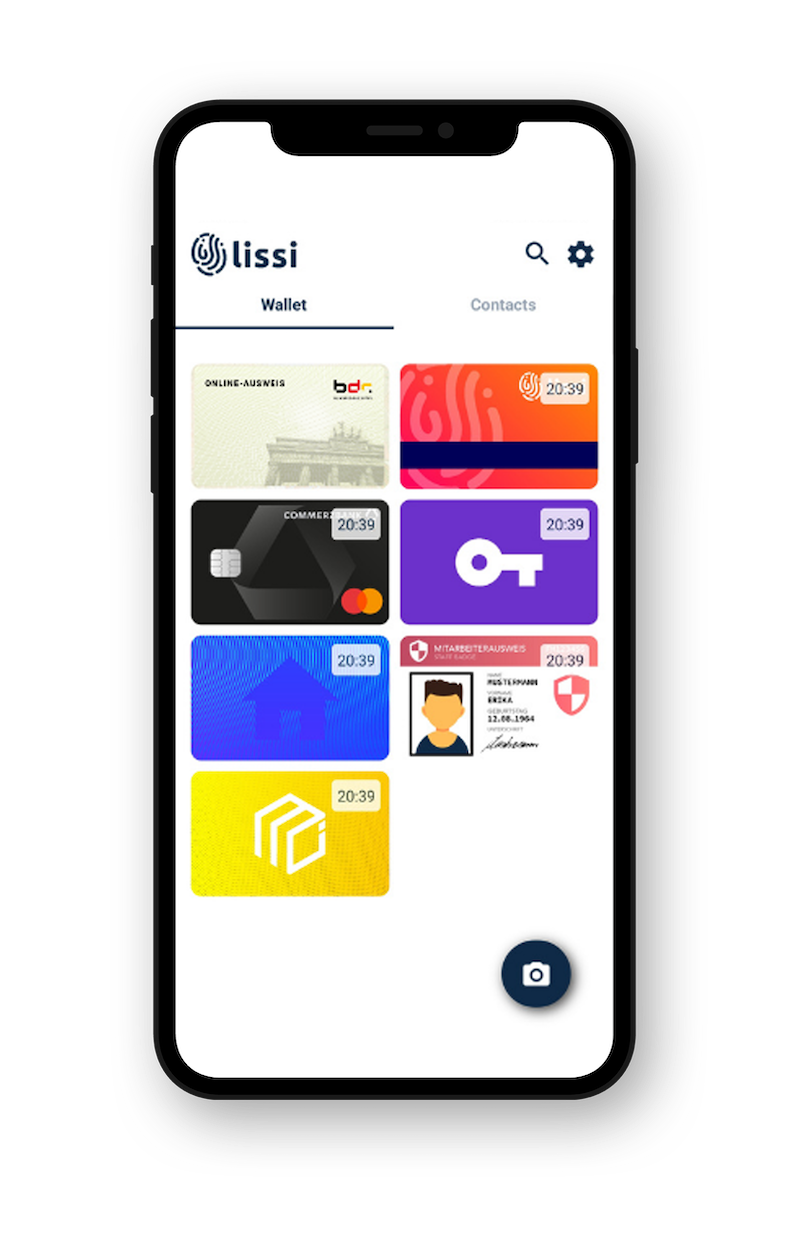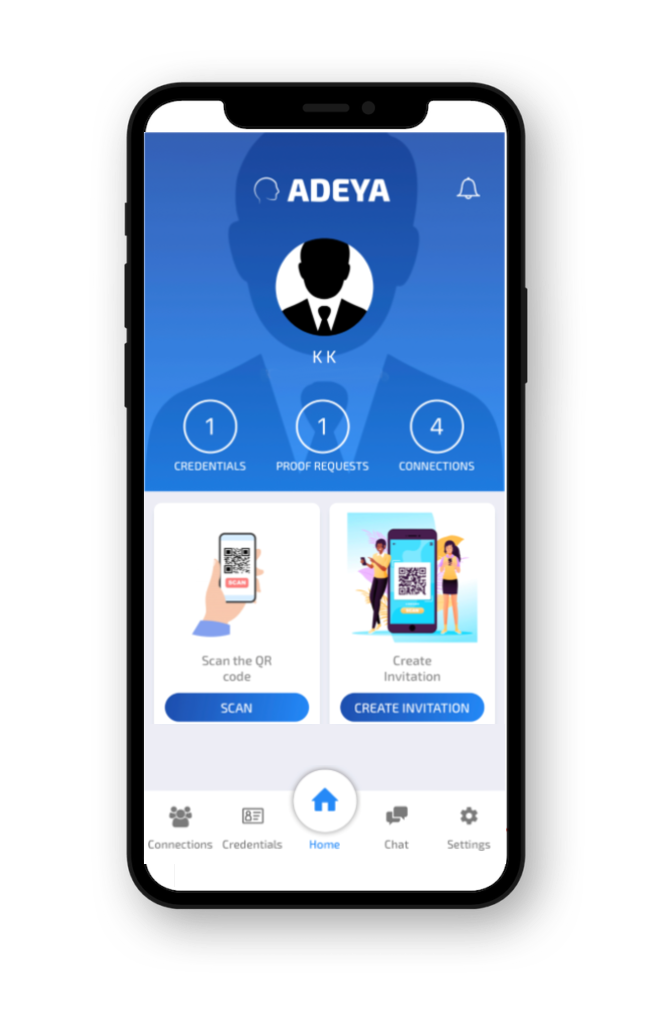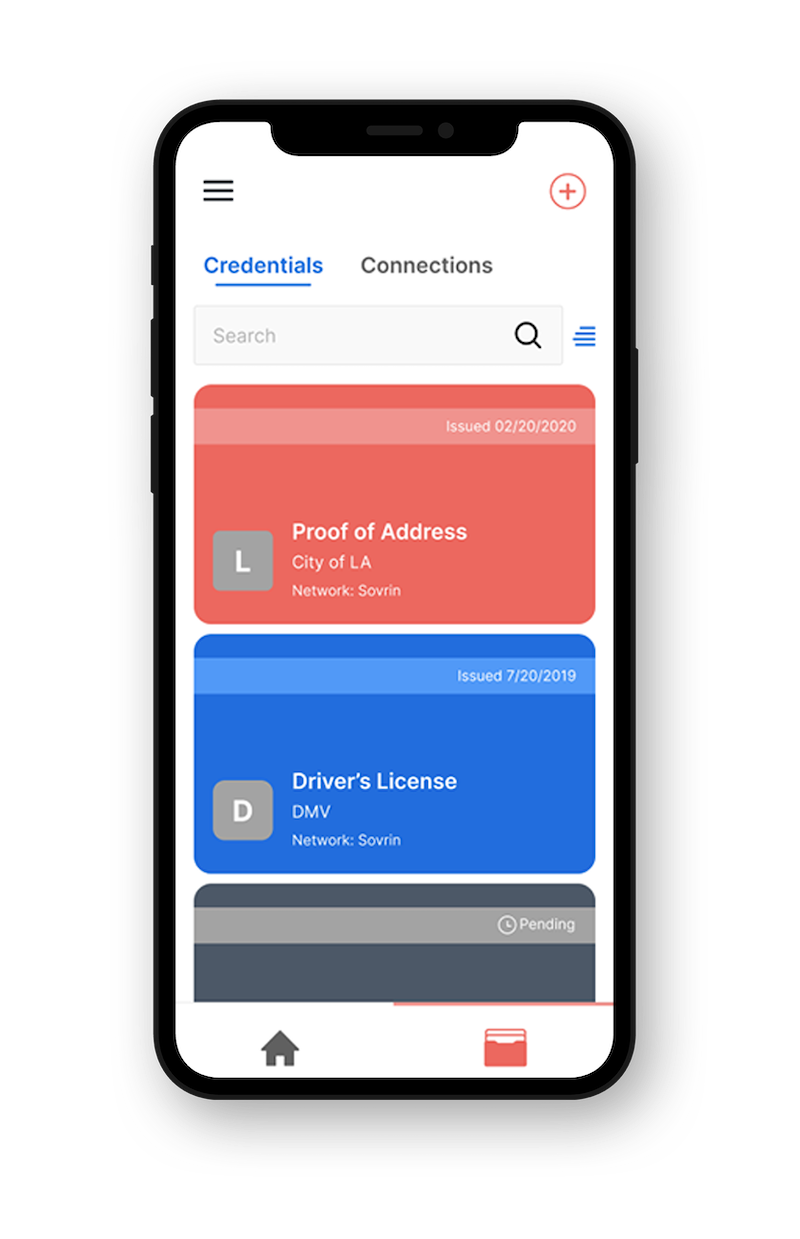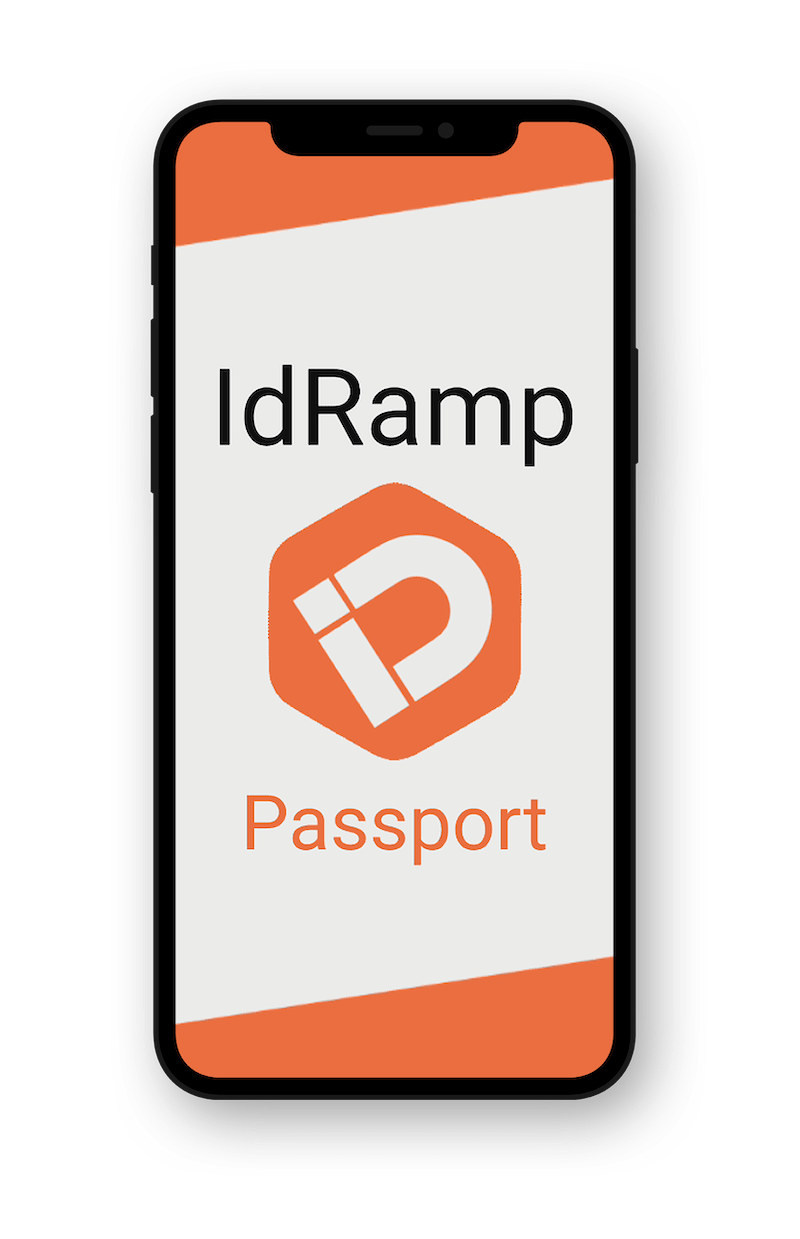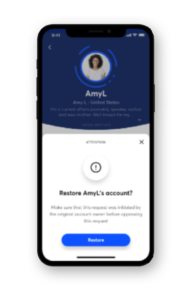The completion of the Indy DID Method by Indicio paves the way toward a network of networks. Verifiable credentials issued on multiple networks can now be verified by any agent that supports did:indy, affirming Hyperledger Indy and Hyperledger Aries as the most advanced framework for interoperable, decentralized identity
By Ken Ebert
Network interoperability has taken a major leap forward with the release of the Indy DID Method for Hyperledger Indy-based networks. With this new upgrade, completed by Indicio, verifiable credentials issued on a specific Hyperledger Indy network can now be resolved by any agent supporting the did:indy method regardless of which Hyperledger Indy network the verifying agent might use to anchor its issuing DIDs, schemas, or credential definitions. The Indy DID Method paves the way for Hyperledger Indy credentials to scale globally by allowing Indy networks to seamlessly interoperate and create a “network-of-networks” effect.
The Indy DID Method was also needed to bring Hyperledger Indy—the most popular open-source codebase for creating robust distributed ledger networks for identity—into sync with the more recent World Wide Web Consortium (W3C) Decentralized Identifier (DID) Specification.
The Indy DID Method originally began as a community development effort within Hyperledger Indy. Earlier this year, the government of British Columbia, Canada, announced a “Code with Us” challenge, to push the effort to completion. The challenge was won by Indicio and, thanks to the hard work of our talented engineers, the Indy DID Method is now available to the entire Indy community.
It’s hard to understate why this is a really important step forward for decentralized identity adoption. It means adding the potential of scale to every deployment, which is something we and all our customers want. With interest in verifiable credential technology increasing every day, the timing could not be better.
It’s also important to recognize that this is the kind of the rapid innovation that can be achieved in open source technology when a nonprofit-led community, a government, and an enterprise collaborate. We are enormously grateful to the government of British Columbia for sponsoring this “Code with Us” challenge. We also applaud it: This is a model for open source infrastructural innovation that governments everywhere should learn from and follow.
The next step is for networks and agent frameworks to incorporate did:indy into production software stacks. This community adoption will increase the viability of the Indy and Aries project stack and position it to be the globally dominant way to issue and share verifiable credentials in a multi-ledger world.
***
The Indicio team would like to thank BC Gov for funding this work and Dominic Wörner, another contributor to the Code With Us challenge, for his work on Indy VDR.
- Where to find the work:
- PR to Indy Node: https://github.com/hyperledger/indy-node/pull/1740
- PR to Indy VDR: https://github.com/hyperledger/indy-vdr/pull/84
- Indy HIPE about did:indy: https://github.com/hyperledger/indy-hipe/tree/main/text/0164-did-indy-method
- Demo: https://github.com/Indicio-tech/did-indy-demo
- Where to ask questions:
- Daniel Bluhm (Indy Node questions)
- Discord: dbluhm#9676
- GitHub: https://github.com/dbluhm
- Dominic Wörner (Indy VDR questions)
- Discord: domwoe#9301
- https://github.com/domwoe
- Daniel Bluhm (Indy Node questions)







